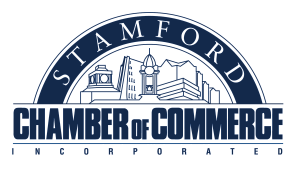What To Do If You Have Been Served with a Protective Order in Connecticut
If you answered a knock at your door and found yourself served with papers for a restraining order, it’s important to act quickly. The order you were handed may be in effect immediately, and if so, a violation is a felony. Regardless, you may be scheduled for a hearing in the next two weeks to defend against the allegations. A trusted restraining order attorney from Mark Sherman Law can help you understand what vital steps you should take after you are served with a protective order in Connecticut.
What Are All These Papers and What Do They Mean?
When you’re served with a protective order in Connecticut there are typically very few instructions of what you’ve been given and what they mean. There is no required order in which the papers must be organized, but it’s important to read everything.
The Application for Relief from Abuse and the Affidavit
The Application and the Affidavit are similar to the complaint in a civil case, it explains who is applying for this order and why. The Application is 2 pages. It includes the applicant’s name, address, and date of birth, as well as the respondent’s name, address, date of birth, and what the relationship between the two is. On the second page, the applicant can check off what relief he or she is requesting as well as indicating if they wish to receive temporary custody. The Affidavit is a narrative, written by the applicant, explaining why they need this order of protection. It can be short or long, there are no requirements.
The Affidavit Concerning Children and Supplemental Orders
The Affidavit Concerning Children should be included in this paperwork if there is a request for temporary custody of kids. It lists each child involved and where they have lived for the past 5 years. The Supplemental Orders are requests for monetary orders prohibiting the respondent from doing things like cutting electricity, they can also include a requirement to return passports to the applicant.
The Ex Parte Order
If the Judge deems there to be an immediate and present physical danger to the applicant, they can grant an ex parte order. This is a protective order that goes into effect upon service and without you getting the opportunity to defend yourself. To learn more about the levels of protective orders in Connecticut, click here. If you have been served with an ex parte order of protection you are bound under the law to comply with it. Failure to do so is a criminal offense punishable by up to 10 years in prison under C.G.S. §§ 53a-223 through 53a-223c.
Order For and Notice of Hearing
This form is almost all stock print from the judiciary, it informs you of the case, the date, time, and location for your hearing and is signed by the Assistant Clerk.
What Should I Do When I’ve Been Served?
First, make sure you understand whether and to what extent an ex parte application has been granted. If you’re not sure, call an attorney right away. They can walk you through the paperwork, explain the order of protection, and talk to you about your options for defense. The hearings are within 1-2 weeks after the application is made, so there can be a very quick turnaround and time is of the essence.
Reach Out to a Connecticut Restraining Order Defense Attorney Today
If you’ve been served with a protective order in Connecticut, call an experienced restraining order defense attorney to learn more about your options. The five-star rated attorneys at Mark Sherman Law are available 24/7 to help.












